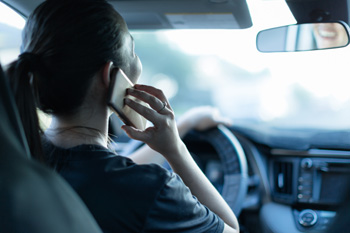So there was a swat team in my neighborhood last week, complete with the hoods and  black outfits. They went in without knocking and the two residents were arrested. Checking with the people who love next door and nearby, apparently there were no incidences of young people visiting the location, so we assume that their activities were on line. Of course, we wondered how they got caught doing what they were doing. Could be Google had something to do with it. Google scans both emails and search requests on its site to detect and report child pornography.
black outfits. They went in without knocking and the two residents were arrested. Checking with the people who love next door and nearby, apparently there were no incidences of young people visiting the location, so we assume that their activities were on line. Of course, we wondered how they got caught doing what they were doing. Could be Google had something to do with it. Google scans both emails and search requests on its site to detect and report child pornography.
Google’s online set of “program policies” for its Gmail service includes “a zero-tolerance policy against child sexual abuse imagery.” That policy states: “If we become aware of such content, we will report it to the appropriate authorities and may take disciplinary action, including termination, against the Google accounts of those involved.”
Consistent with that policy, since 2008 Google has actively scanned images that pass through Gmail accounts to determine whether they match up with known child pornography. More specifically, Google has been using “hashing” technology to tag known child sexual abuse images, allowing it to identify duplicate images in Gmail accounts or in search results, even if the images have been altered. Each offending image effectively is assigned a unique ID Google’s computers can recognize without someone having to view them again. And, Google also incorporates encrypted “fingerprints” of child sexual abuse images into a cross-industry database. This technique enable companies, law enforcement and charities to better collaborate on detecting and removing these images, and to take action against anyone involved with producing or viewing the materials.
Currently there are more than 1.5 billion Gmail users world-wide. When child pornography images or videos are sent through Google’s email service, they are identified by its automated systems. Federal law requires electronic communication providers like Google to report instances of suspected child abuse when they become aware of them. Once detected, Google actively removes the materials from its services, including search and Gmail.
Google is not alone in its efforts to combat child pornography. Microsoft also utilizes automated systems to detect child pornography hosted on its servers. In 2012, Microsoft made its PhotoDNA tool available to law enforcement. That technology compiles a digital signature of each image, which can be matched against a database of known images of sexual abuse. Once as match is made, the information is provided to NCMEC for further investigation, referral to law enforcement, and possible prosecution.
Many child pornography cases are the result of a Google report of CSAM to the NCMEC. If you have been arrested for possession and/or distribution of child pornography, you may have strong defenses to your charges based on, among others, the method of detection of your internet activities. Child pornography cases carry significant penalties, including substantial prison time, high fines, extended periods of probation and registration as a sex offender.
Alexander Truluck focuses his practice as a criminal defense attorney in Clearwater, Palm Harbor, Largo, Dunedin and the Tampa Bay area.
For more information, visit our website at http://www.criminallawyerclearwaterflorida.com
or call (727) 799-3550.

